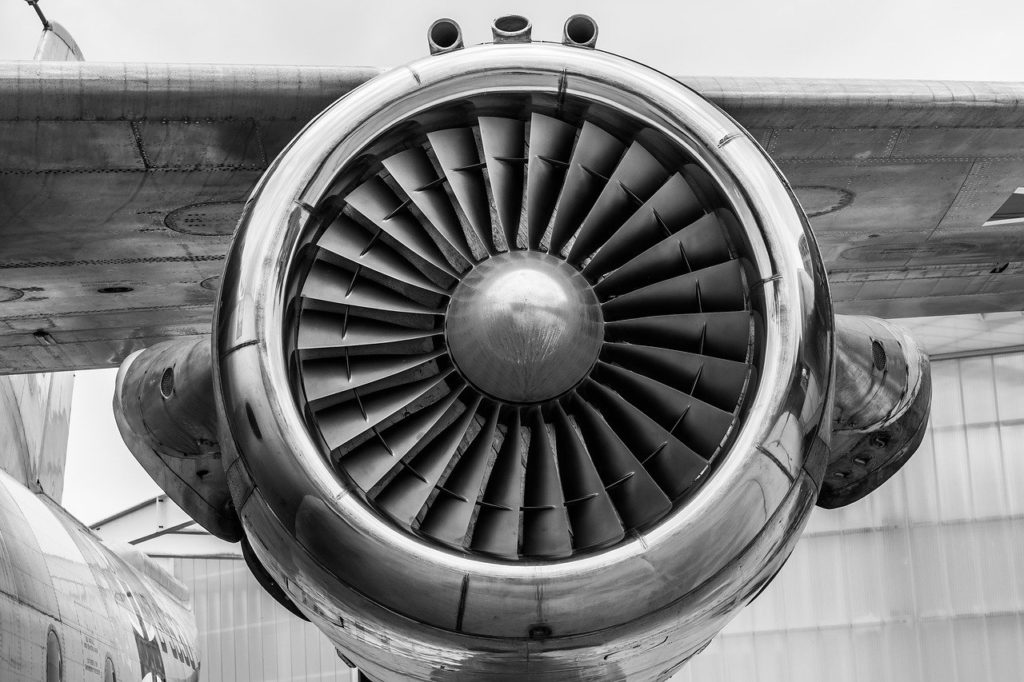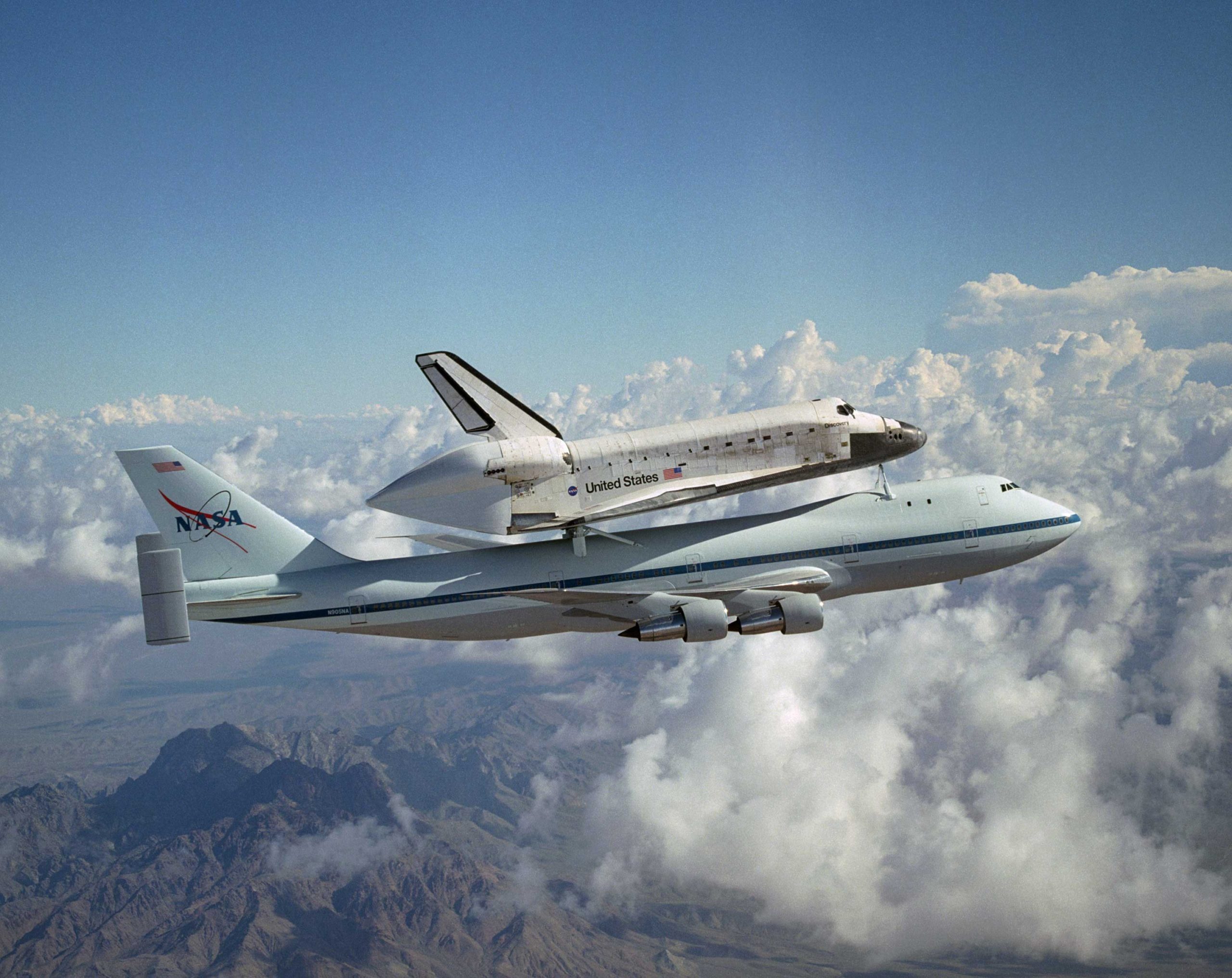What is the right engineering discipline for you? In this post we weigh up the differences between mechanical vs aerospace engineering. Hopefully this will help anyone that is considering wither of these great engineering disciplines!
First, if you’re looking to launch your own blog and start writing articles yourself, no matter what the subject, you can launch your blog with Bluehost for just $3.95/month.
Start creating content and launch your blog with Bluehost.
Mechanical vs aerospace engineering is a question that is commonly tossed up for students, mainly because they are very similar disciplines. Especially at the beginning of their studies they are similar to one another, the main difference is that mechanical engineering is more general and aerospace engineering is more specialized. In terms of what you learn in school and the careers available to you.
Curriculum
Statics
When considering mechanical vs aerospace engineering, in terms of the curriculum, the first two years in both courses are practically identical. You will take statics in both, which is the physics of systems that are not moving. You will be analyzing a bridge and determining forces on various cables or beams, and everything in this class is broken down to the sum of all forces and torques is zero:
ΣF = Σ(ma) = m1a1 + m2a2 + m3a3 + • • • + mnan

Dynamics
Then students will take dynamics in both, which is the next class on systems that are moving. It is pretty much the basic physics and mechanics that they would have done in high school regarding energy, projectile motion and momentum, but taken to a new level with more complicated systems and calculus will be involved to find the momentum, torque, force and more.
These two classes are the foundation for students, and they discuss structures, which is why you can see mechanical and aerospace engineers designing the structure of a spacecraft or aircraft, in order for it to withstand all of the various forces it is subject to. Students go on to take different structures classes later on in the curriculum, but the fundamentals are the same.
MATLAB
Both courses also use a lot of MATLAB, actually of all engineering majors these two disciplines probably use MATLAB the most.
MATLAB is a computer program that has math tools built into it, and this allows you to do a lot of things with the program. A mechanical engineer could plot the heat moving through an object over time given two different temperatures at each end of the object. An aerospace engineer could plug in the orbit of a satellite and have the program determine the equations of position and velocity over time. Both of these engineering disciplines also use software programs like AutoCAD, Revit, Inventor and Fusion 360 to design their respective products.
Fluid Mechanics
Both courses touch on the basics of fluid mechanics but we can see in mechanical vs aerospace engineering that they diverge into separate topics. Fluid mechanics is a subject that teaches the physics of fluids, mostly water and air. Both courses start with the basics but then aerospace engineers go onto specialize in aerodynamics.
Aerospace Engineering
Aerospace engineering tests on aerodynamics would typically include an air foil and the speed at which its flying at, and then it would ask you to solve for the pressure over the wing.
Another problem that may appear on a aerospace engineering test would be: you would be given a missile like figure which will be simplified in terms of shape, because you will be doing calculations by hand and you need simple shapes to do that. There will be some angles and length on the dimensional drawing provided that you will need and it will be stated that it will be travelling at some speed, let’s say Mach 2, or twice the speed of sound.

The solution then will be to compute pressure at different points over the missile, and to calculate the lift and drag. This is an example of an actual problem taken from an actual aerodynamics exam. This is also an example of how fluid mechanics can be used for a very specific purpose. In problems like these you will also be doing things like hypersonic and supersonic aerodynamics which mechanical engineers really do not go into.
Mechanical Engineering
For mechanical engineers tests are a lot broader, it would consist of something like a narrowing tube where the speed of the water is changing from beginning to the end, and it would ask to calculate the acceleration at different points.
A siphon problem could also be given, with the solution involving the determining of the flow rate based on the various parameters. An airfoil problem could also be given similar to the problem on the aerospace engineering test, the test would ask to determine lift and drag on it, however it will not go into as much depth as an aerospace engineer.
This shows that similar topics are learned in each of these disciplines and the foundations are the same, while mechanical engineers learn a broader range of topics throughout their fluids classes and aerospace engineers specialize in aerodynamics.
The examples mentioned above are not exclusive to mechanical engineers, some of the problems mentioned were very basic and these were not to say that aerospace engineers won’t learn these topics as well.
Thermodynamics
Mechanical Engineering
The same thing goes for thermodynamics, mechanical engineers learn a broad range of thermodynamics applications. For homework as a mechanical engineer you might be given the heat pump that is supposed to maintain a house at 75°F, when outside the temperatures may be 40°. You will be asked to determine the minimum work input for one day of operation.
Gas turbines may also be included for aircraft propulsion, then you can move on to modelling gas turbine power plants. Again this is not to say aerospace engineers don’t learn these topics because there is an overlap, but it is obvious that the applications are a lot broader and a lot of different subjects are covered in the thermodynamics classes as a mechanical engineer.

Aerospace Engineering
Aerospace engineers also learn the basics of thermodynamics, but their thermodynamics classes are actually a pre-requisite for their propulsion classes. Mechanical engineers do not dive into propulsion in undergraduate degrees like aerospace engineers do.
Aeronautical engineers dive into the turbojet and various other propulsion systems that are specific to aircraft. They learn all about these various stages and do in-depth analysis on how pressure and temperature change throughout it.
Astronautical engineers will learn about spacecraft propulsion systems and they might be asked things like how much change in velocity certain propulsion methods provide. There are more differences between these two disciplines like for astronautical students they would take orbital mechanics and learn the physics of orbit, they could take spacecraft environments and learn about what we need to consider for things that go into space, like radiation as an example.
Both courses will also include different controls classes, and so on.
Careers
Aerospace Engineers
For aerospace engineers, aerodynamics is more unique to them. This can apply to subsonic, supersonic or hypersonic aircraft and aerodynamics can apply to boats, cars, missiles and more. It is not impossible, just less likely to see a mechanical engineer doing these sort of jobs.
Aerospace engineers can also work with the entire propulsion system, whether it be for an aircraft for the aeronautical engineers or on a spacecraft for the astronautical engineers. You can do orbits as an astronomical engineer and plan a mission as well as determined the orbit that is needed, how to get to spacecraft to the destination or into orbit properly.
They can work on structures as mentioned previously, regarding designing the structure of a vehicle, so that it can withstand rates of forces that it is subject to. This could be for the wings, the landing gear or the passenger cabin of an aircraft and also various parts of a spacecraft. Aerospace engineers can work on controls, flight testing and performance safety and reliability and many more things that are specific and needed for a spacecraft or aircraft.

Mechanical Engineers
For mechanical engineers, they really can work in a huge variety of sectors. Mechanical engineers can work on the design of solar panels, wind turbines, a dam that provides hydroelectric power or they could work in a nuclear power plant. They can do things from manufacturing these parts, making the blades of the wind turbine, and much more.
They can work on the biomedical sector and make artificial limbs, strong and durable so that they can provide the right amount of force while not causing harm to the person.
In terms of cars, a mechanical engineer can work on the the frame of the car to maximize safety in the event of a crash, the engine, the suspension and if you go into mechatronics you could work on the control system of a self driving car!
Mechanical engineers can work in the petroleum industry to create machines to help extract the oil and gas from the Earth, They can work in HVAC and design a Heating, Ventilation and Air-Conditioning system for a large building so that it provides proper air quality and temperature throughout it. They can work on roller coasters, submarines and much more!

Mechanical engineering is one of the most, if not the broadest engineering discipline and when it comes to spacecraft or air, mechanical engineers can also work on the structures and controls. It has also been heard of that mechanical engineers going to work on the propulsion and much more.
Mechanical vs Aerospace Engineering
There is obviously a lot of overlap with what these two disciplines can do, aircraft and spacecraft need many types of engineers, so if a career in the aerospace sector interests you, you will have to think in depth about what sector you will have more interest in working in.
Due to the similarities in the two courses, not every university even offers a bachelors in aerospace engineering. A good thing to keep in mind is that is easier to get a job in aerospace as a mechanical engineer, than it is to get a job outside of aerospace as an aerospace engineer.
However, it is definitely not impossible for aerospace engineers to branch out, there are aerospace engineers that work in the automotive industry, and in rare cases they have been known to work in the petroleum sector. Considering that aerospace engineers have studied subjects like aerodynamics, they could work on boats, bullet trains and so on.
It is not clear as to what engineering discipline does what with mechanical vs aerospace engineering, as there is so much overlap, but just know that you will see mechanical engineers in a wider range of sectors, compared to aerospace engineers. If you are currently working in one sector, and looking to further your education and/or enhance your skills in another field, you can check out LinkedIn Learning. It has plenty of up-to-date courses where you can earn certifications, and is free for the first 30 days!
Career Path
A good quote taken from interviews with various aerospace engineers is as follows:
“If you know you want to work on the aircraft or space cross, then go with aerospace engineering, but if you’re not exactly sure what you want to do, then choose mechanical engineering”
It is also always a possibility to switch between the two courses due to their similarities, and you can always look for a job in aerospace as a mechanical engineer.
Another common question people ask is which discipline is harder, there is very little difference in difficulty when deciding between mechanical vs aerospace engineering and the decision between which route to go down should be made on what subject interests YOU more.
Thank you very much for being here – we appreciate you taking the time to read our content. If you have anything to add, please feel free to leave a comment down below, and sign up to our newsletter for more of the same!
You can also follow us on LinkedIn, Facebook, Twitter, and Instagram so you can stay up to date.



